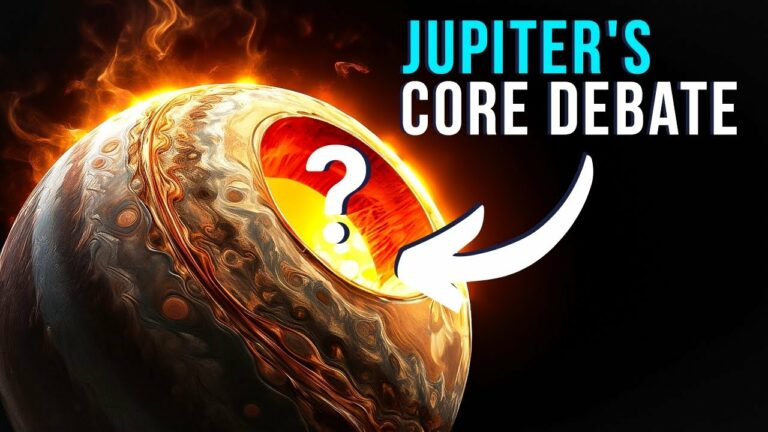Unveiling The Hidden and Scary Jupiter’s Interior
With a giant diameter of 87 thousand miles and a colorful atmosphere, Jupiter stands out as one of the most intriguing planets in the solar system. Just by casting a glance at pictures of Jupiter, one can’t help but be captivated by its mesmerizing yet tumultuous environment.
But why is Jupiter so darn interesting? Well, the answer lies in its perturbed environment. Unlike its serene-looking siblings, Jupiter is a maelstrom of activity. Massive storms, some even larger than our entire planet, rage across its surface, painting a picture of chaotic beauty. The high-speed winds on Jupiter make Earth’s hurricanes look like a gentle breeze. We’re talking about wind speeds that boggle the mind and create intricate cloud patterns that seem to dance across the gas giant’s atmosphere.
Nevertheless, the visible aspect of Jupiter represents only a minuscule fraction of the entire planet. What if I told you that the most captivating part of this celestial giant lies beneath its atmospheric surface?
Let’s uncover the secrets of Jupiter’s interior, shall we?
===
The Observable Quantities
Jupiter’s atmosphere, like the thin skin of an apple, makes up just a tiny part of the giant planet. But what lies beneath this outer layer remains hidden from direct observation. To unravel the mysteries within, astronomers take on the challenge, employing indirect methods to piece together the composition of Jupiter’s interior.
====
Crazy temperatures and Model Issues
Constructing an accurate model for Jupiter’s internal conditions faces a fundamental challenge due to the limited availability of extensive laboratory data on hydrogen and helium properties under the extreme pressures and temperatures near the planet’s center.
===
Helium Problem
But here’s the fascinating twist: according to the theories crafted by scientists, the helium content in Jupiter’s upper atmosphere is anticipated to be around 28%. However, consistent measurements reveal a consistently lower figure: 24%. Where could this missing 4% be hiding? Does our model need a rethink?
==
Heat Source
Hold on a second; we’ve missed a crucial detail. We’ve mentioned that Jupiter independently generates twice as much heat as it receives from the Sun. But how is such a phenomenon possible? What internal source is responsible for this intense heating?
==
The Core Debate
In the debate about Jupiter’s origin, most theories point to a solid core, a heavyweight champion that emerged during the solar system’s early days. However, an opposing theory challenges this, suggesting that Jupiter might be all gas with no core whatsoever.
Do not forget to share your opinion with us to provide you with the best posts !




0 Comments